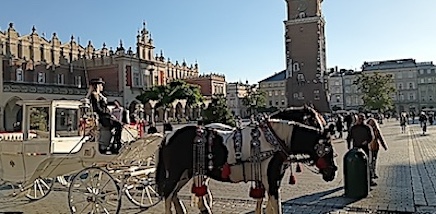Cappadocia’s Underground Cities Saved Christianity
Today’s visitors to Turkiye’s Cappadocia come for two reasons – spectacular sunrise ascents over the rugged terrain in hot air balloons and stooped-over descents into underground retreats that protected residents from ancient predators traveling through the Tarsus Mountains. These hand-dug hideouts were elaborately engineered, multi-layered warrens of tunnels and rooms, some of which descended more than 275 feet into the earth. Among the people who hunkered down in them were early Christians determined to spread their faith across Asia Minor. The existential threats in the early centuries following Jesus’ resurrection came not only from Roman governors and Jewish Pharisees but also from Silk Road highway men passing through Cappadocia. Disputes could be doctrinal, territorial, or simply monetary. Regardless, the early Christians were not the first to seek underground shelter here.











